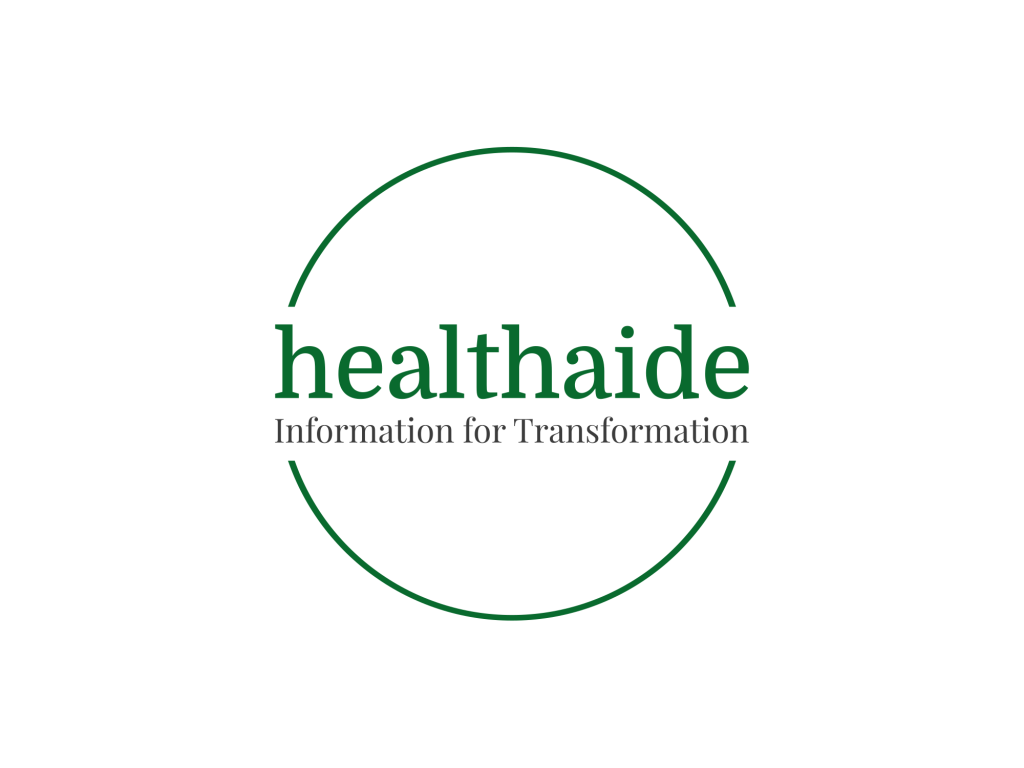It is a condition which occurs cyclically with post ovulation phase of menstrual cycle characterised by behavioral disturbances of sufficient severity to cause distress to the person and interfere with routine activities. The signs and symptoms generally disappear within four days after the start of the menstrual period for most women.
Premenstrual dysphoric disorder is a severe form of premenstrual disorder.
Here is a list of symptoms the person may suffer. This list is not exhaustive but will give you a general idea to know of you or someone you know may be suffering from it.
| System | Physical Symptoms |
|---|---|
| Reproductive | Breast tenderness, abdominal bloating, cramps, heavy or painful periods, spotting or irregular bleeding |
| Musculoskeletal | Joint or muscle pain, general body aches, back pain,stiffness |
| Digestive | Abdominal bloating, nausea, food cravings or overeating, changes in appetite, constipation, diarrhea, bloating or gas, abdominal cramps, vomiting |
| Skin | Acne, skin sensitivity, oily skin or hair rashes |
| Others | Swollen or tender breasts, water retention or weight gain, increased heart rate, palpitations, hot flashes, dizziness, fainting, low or high blood pressure, chest pain, shortness of breath, edema (swelling in extremities), blood clots, varicose veins, spider veins |
| Category | Symptoms |
|---|---|
| Emotional | Mood swings, irritability, anxiety, depression, increased emotional sensitivity, crying spells, difficulty concentrating, sleeping problems |
| Behavioral | Decreased interest in usual activities, social withdrawal, poor concentration or memory, feeling out of control, impulsive behavior, increased conflict or arguments, decreased productivity, decreased motivation |
| Cognitive | Brain fog, forgetfulness, reduced alertness or mental sharpness |
On looking carefully you can see the symptoms are not restricted to periods but can involve any part of your body. Even your acne may get severe or skin may become more sensitive which can add to the distress. You may even have allergy or cough/cold like illness which makes this disease tricky to diagnose.
How common is it
Estimates as high as 80 percent have been reported for PMS, based upon the inclusion of women who have any form of premenstrual mood or physical symptoms. But the percentage decrease if strict criteria for diagnosis are used because the symptoms must be of sufficient severity to cause distress to the patient and interfere with daily activities or at work. Regardless it is a very common disorder and also under reported. Most women are not even aware that such problem exist and can be treated.
Impact
Absence from school or work.
Causes
Being overweight and smoking are the two most clear cut risk factors for it.
Other less clear cut factors are serotonin imbalance in brain or electrolyte deficiency due to poor diet are postulated but are not definitive.
Diagnosis
There is no lab report for definitive diagnosis of this problem. The only way to detect this disorder is by maintaining a diary of symptoms including day of the month and its severity. Repetition of symptoms over months around the same time can help diagnose this disorder and can also distinguish it from depression and other similar disorders.
Treatment
Anti-depressants are widely recognized as first line medicines for this disorder. Some also consider nutritional supplementation for calcium, vitamin D and other if deficiency is suspected. Oral contraceptives are not very useful for this disorder though they may work for some women. This decision is best made by your doctor.

Leave a comment